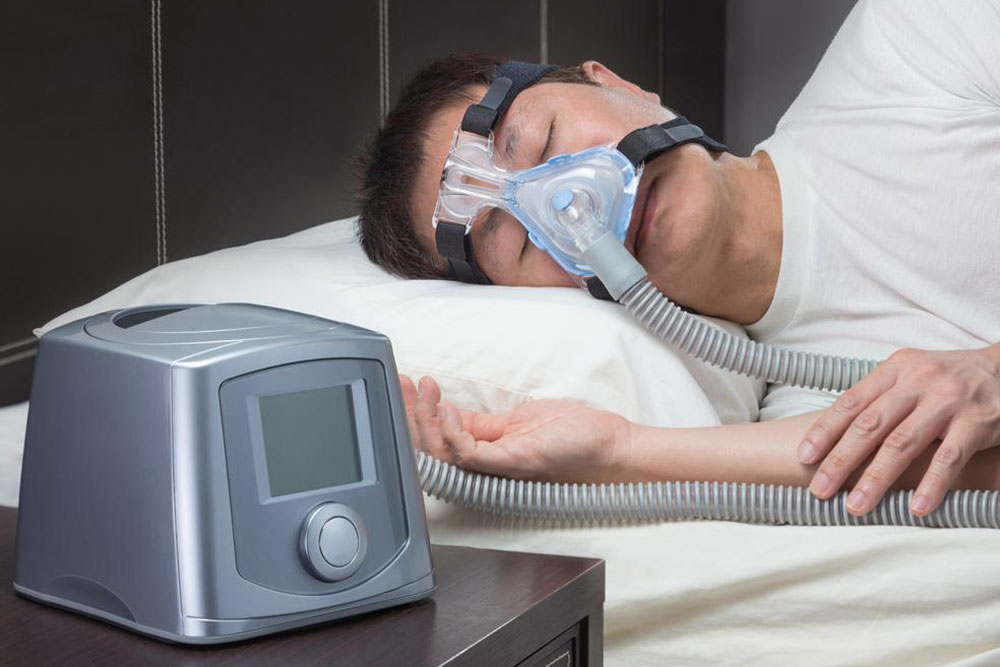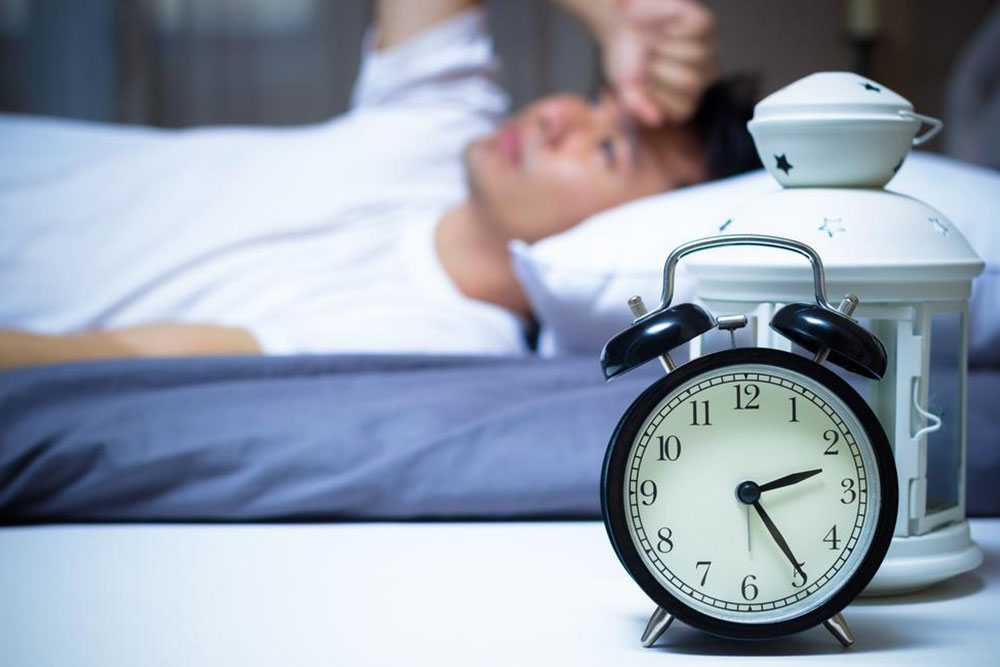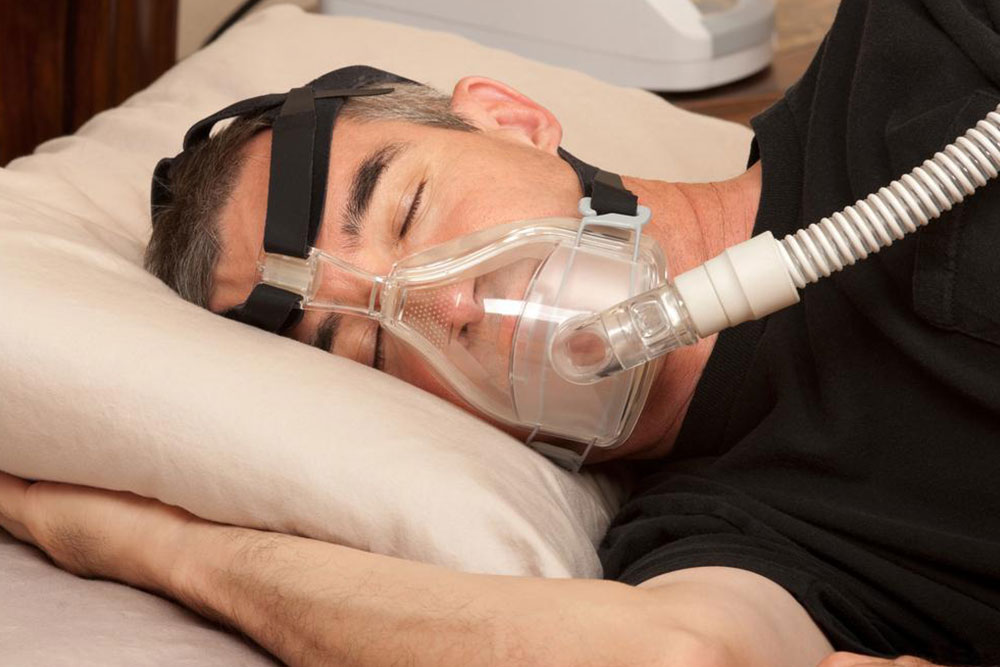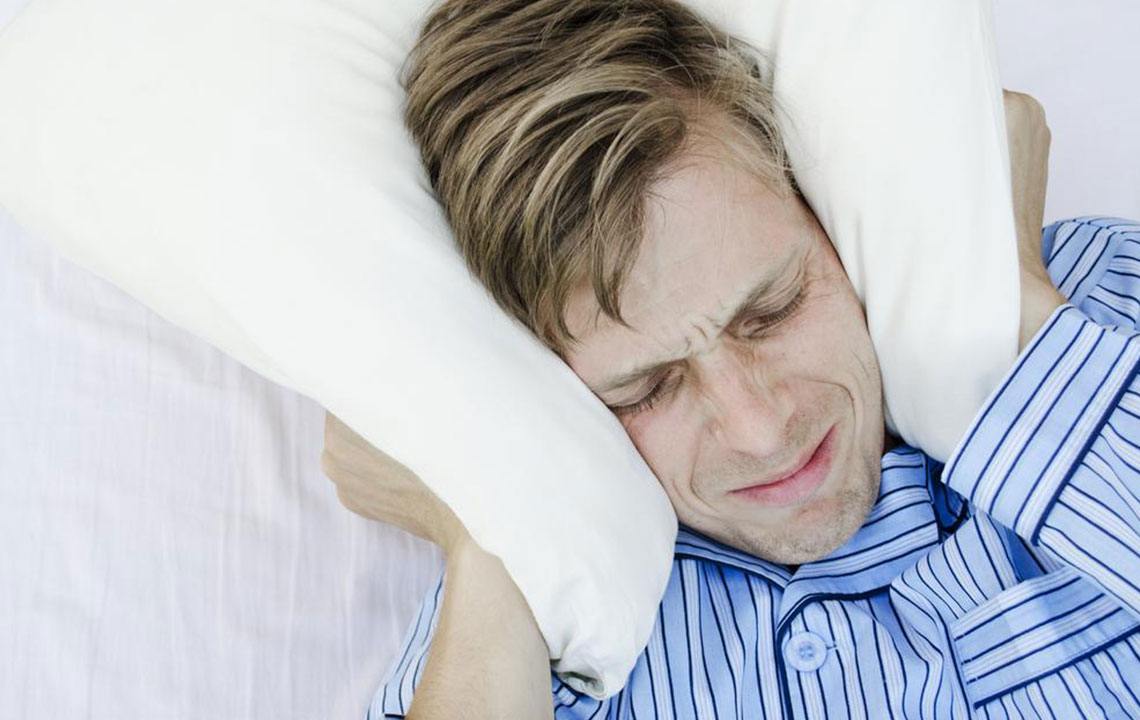Effective Solutions for Better Sleep and Snoring Relief
Discover effective sleep and snoring solutions, including positional pillows and aids that promote side sleeping. Learn about sleep apnea symptoms and available treatments to improve sleep quality. Consult healthcare professionals for personalized advice. This guide offers practical tips and proven devices to reduce snoring and enhance rest overall.

Effective Solutions for Better Sleep and Snoring Relief
Snoring affects roughly 45% of adults, with many experiencing it sporadically. Though bed partners and family members may find it annoying or humorous, many sufferers struggle to control it. Mild snoring can often be managed by adjusting sleeping positions. However, persistent, loud snoring might indicate a health issue like sleep apnea, which requires medical attention.
Sleep apnea involves airway obstruction during sleep, leading to breathing pauses and loud snoring. Treatment options include medications or surgery. For less severe cases, certain snoring aids and positional therapy can help reduce symptoms.
Pillows to Minimize Snoring
Studies suggest that sleeping on your side significantly decreases snoring compared to back sleeping. Supportive pillows and props designed to encourage side sleeping can prevent position changes that worsen snoring. These aids are widely available as specialized pillows, bolsters, or positioners. The FDA-approved Sona Pillow has demonstrated effectiveness in clinical studies involving snoring and sleep apnea patients.
Additional Snoring Aids
Other options include sprays, mouthpieces, mandibular advancement devices, and similar gadgets. However, many of these products are still awaiting FDA approval and require further research to confirm their efficacy.
Important Notice:
The information provided about symptoms, treatment options, and health conditions is for informational purposes only. It is not intended as medical advice. Always consult licensed healthcare professionals for diagnosis and treatment. Use this information responsibly and do not substitute it for professional medical guidance.










